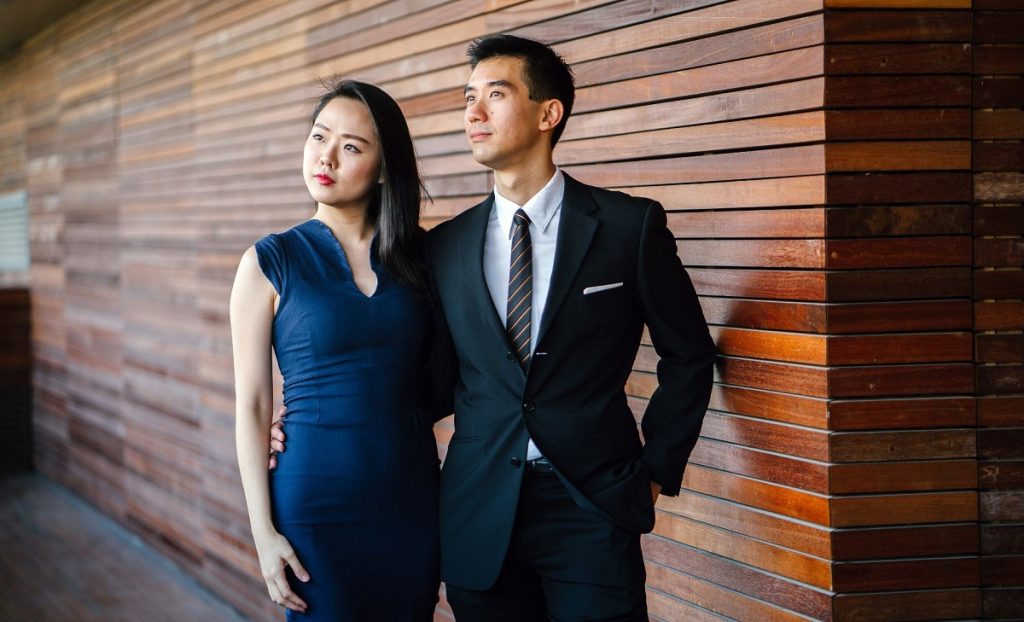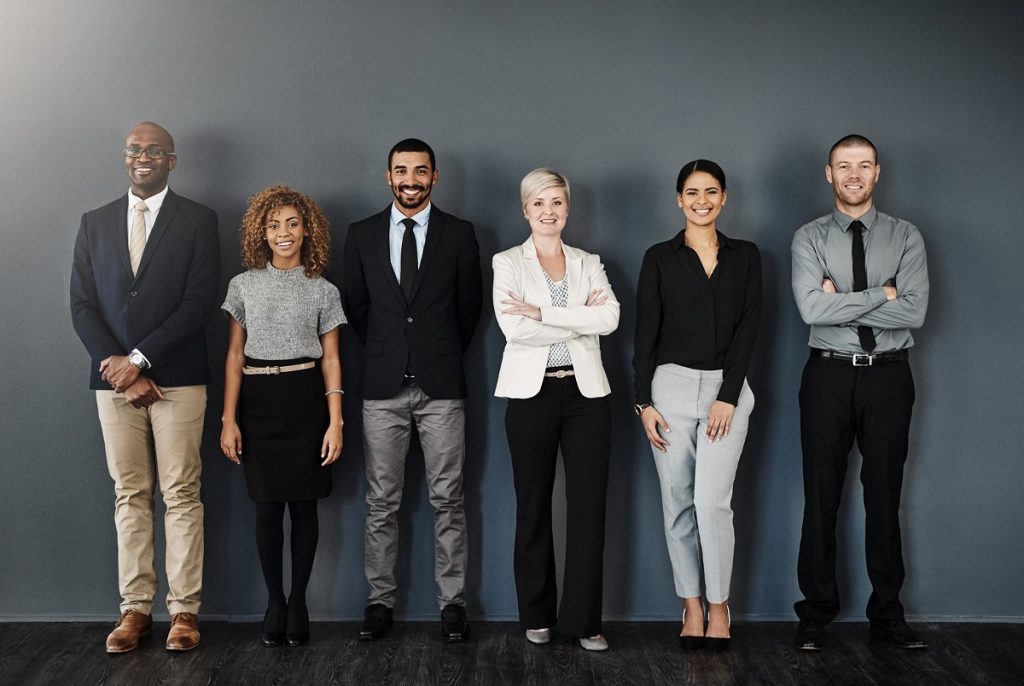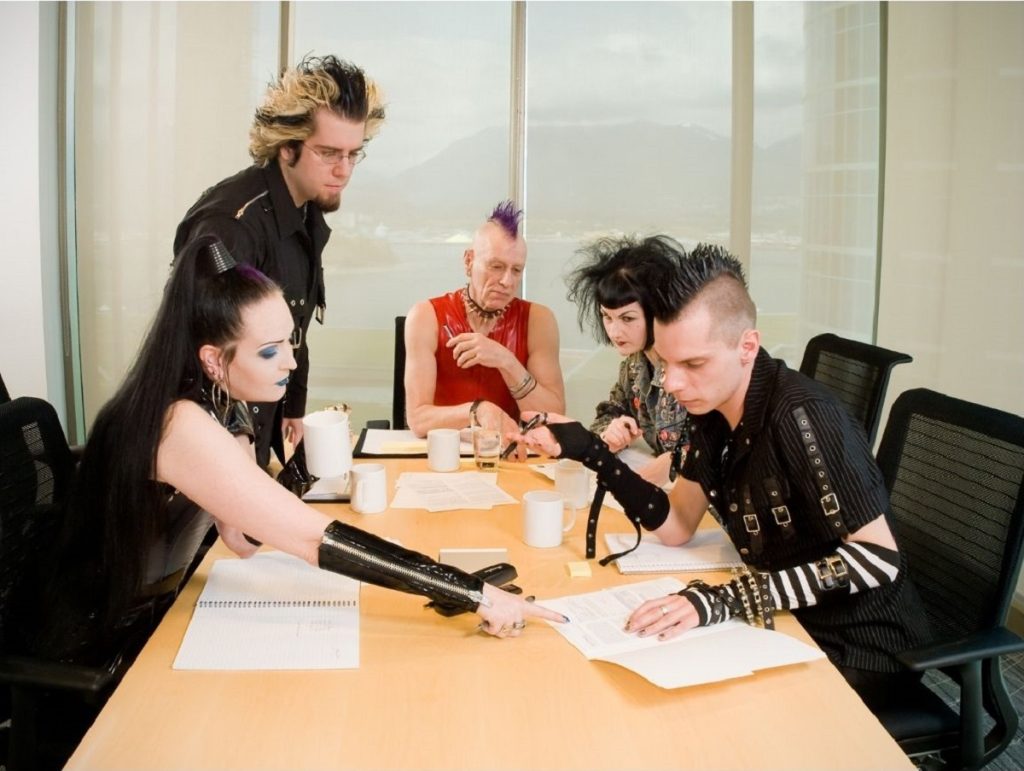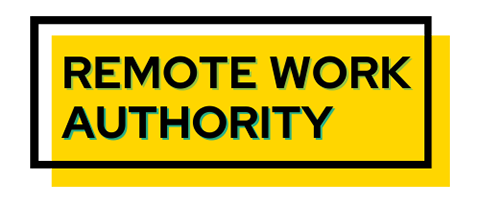The pandemic affected many aspects of life, including many aspects of work. When people worked at home, they dressed more casually than BMA would have if they commuted to work. Now that people are returning to work, office dress codes after COVID are still more casual.
In years past, those going to work dressed for the occasion. Over the last 20 years, many businesses have relaxed their expectations surrounding employees’ apparel. After the recent COVID pandemic, when many people work from home, perhaps even in their pajamas, dress codes have become even more casual in many locations. What is the state of office dress codes?
Dress codes reflect the idea that doing good work requires looking professional. Dressing “professionally” once meant dressing formally, which meant a dark-colored suit or skirt suit, a dress shirt, and dress shoes with minimalist accessories. Now, extremely casual dress for work crops up everywhere.
While the pandemic certainly promoted more casual dressing, other trends have shown movement in that direction for years.

Why Dress Codes Are Important
Traditionally, companies had 4 goals in establishing dress codes.
- Professionalism. Dress can be the company’s culture. A high-end corporate law firm might expect its employees to dress more formally than associates at the neighborhood legal clinic.
- Reputation and credibility. Employee dress presents an image of the company. Neat and clean dress may be enough in some companies, but more formal dress adds legitimacy.
- Uniformity. Dressing to the same standard adds consistency, especially for jobs with a lot of public contact, and makes employees feel they are part of a team.
- Personnel regulations. The dress code can avoid biases that stem from clothing styles, grooming techniques, and neatness.
Dressing Dilemma In The Senate
Senator John Fetterman came to work in shorts and a hoodie, much to the consternation of fellow senators. House Majority Leader Chuck Schumer said he would continue to wear a suit but noted that there were no written requirements for proper dress.
Other senators, noting the 234-year tradition of people dressing formally while on the Senate floor, protested and passed a resolution that senators should dress more formally. For the first time, the Senate had an official dress code that required a coat, tie, and long pants or a suit and tie for men. No recommendations were made for women, but the rules were altered to permit sleeveless dresses and open-toed shoes in 2017. The Senate recently went for this more formal look in formalizing the dress code.
Popular Office Dress Codes
Four office dress codes span the gap between formal and casual. The code applied in particular professions or business locations depends on variables such as company culture and customer expectations.
Dressing conservatively is often the expectation with most levels of formality. Dress codes have always varied among professions and according to circumstances. Lawyers tend to dress formally, especially in court, although their wardrobe might be slightly more casual in the office. Those in more creative positions tend to dress in a trendier, less conservative manner.
Business Formal
When To Wear
- Meeting with executives, high-ranking officials, or influential celebrities
- Attending an awards ceremony or fancy dinner
What To Wear
- Traditional suits and pantsuits in colors like brown, black, gray, or navy
- Ties in bold, solid colors or toned-down patterns
- White shirts
- Knee-length skirts with solid-color tights
- Minimal accessories such as a watch, wedding ring, or stud earrings
- Closed-toe oxfords or heels in brown or black, not loafers
- Well-groomed hair
- Sort, clean, buffed nails with clear or nude polish, if any

Business Professional
When To Wear
- Speaking at a conference
- Leading a meeting or large group
- Meeting with important clients
What To Wear
- Suit or skirt and jacket in conservative black, brown, gray, or navy; muted stripes or checks are acceptable
- More patterns and colors are okay for ties
- Button-up and collared shirts in solid colors
- Knee-length skirts, teamed with dark or nude-color hose
- Black or brown oxfords or polished loafers. Closed-toed black or brown pumps for women

Business Casual
When To Wear
- Contact with coworkers
- Little client contact
What To Wear
- Slacks, khakis, or skirts in neutral colors, worn with or without a blazer or cardigan
- Shirts or blouses in conservative patterns in primary or solid traditional colors
- Patterned ties in conservative palates like dots, stripes, or checks are acceptable
- Solid, striped, or conservatively patterned pullovers or cardigans
- Accessories that enhance the outfit
- Bolder patterns and colors
- Close-toed styles of flats, heels, boots, mules, or oxfords. NO sneakers
- Well-groomed hair and nails; conservatively painted nails

Casual
When To Wear
- Easy-going small business environment
What To Wear
- Causal pants or knee-length skirts and dresses
- Well-fitting polos, sweaters, blouses, or pullovers
- Casual accessories, including larger jewelry, rings, scarves, and watches
- Clean shoes, including open-toed ones
- Fun and trendy patterns and colors
- Well-groomed hair and nails that may have brighter colors, designs, or patterns
Casual business wear takes business casual down a notch and may include dark wash or black denim jeans that are intact without the stylish rips and holes people wear today.
Clean sneakers, sandals, mini-shirts, sweats, message T-shirts, and jeans may be off-limits in some companies but okay in others. Even companies that prefer business casual dress may have a more casual Friday where people can wear jeans and other casual clothing..

How The Pandemic Impacted Office Dress
When COVID dictated that people work at home, dress codes became less relevant. When people met for meetings, it was online through Zoom or some other platform, where others could usually see just their heads and shoulders. This led to people wearing business-appropriate clothing on top but pajamas, shorts, and swimsuits on the bottom half of their bodies. As people seldom had to stand up, no one was the wiser.
Some businesses put into writing their expectations that people would wear business casual clothing during Zoom meetings. Dressing too casually might result in a message from HR to individuals who need to step up their meeting wardrobe.
Why Does Dress Code Matter?
Traditionally, companies had 4 goals in establishing dress codes.
- Professionalism. Dress can be the company’s culture. A high-end corporate law firm might expect its employees to dress more formally than associates at the neighborhood legal clinic.
- Reputation and credibility. Employee dress presents an image of the company. Neat and clean dress may be enough in some companies, but more formal dress adds legitimacy, which is very important in others.
- Uniformity. Dressing to the same standard adds consistency, especially for jobs with a lot of public contact, and makes employees feel they are part of a team.
- Personnel regulations. The dress code can avoid biases that stem from clothing styles, grooming techniques, and neatness.
Employees often question the need for a dress code. In fact, a large contingent of workers maintain that clothes have nothing to do with job performance.
Arguably, company restrictions on long, loose hair, flowing clothing, or certain jewelry may make sense for those operating machinery or working with chemicals, food, or electricity. OSHA mandates dress codes in certain industries for safety reasons. They also can mandate that an employee’s appearance presents a positive image of the company, but this is where employees argue that the codes infringe on personal liberties.
Employees Prefer Casual Clothes
Ritu Bhasin, writing for FastCompany, quotes a survey that notes that more than 80% of people claimed they worked better in casual clothes, while 76% said that casual dress helped them make better connections with colleagues. Some feel so strongly about it that they would quit if their company once again required more formal attire. After COVID-19, many companies are rethinking their dress code policies and making them more casual.
Many employees question traditional dress codes, especially the sections that deal with personnel relations. Some regulations instruct male employees to keep their hair a certain length, possibly avoid facial hair, limit tattoos and body jewelry, and ban certain hairstyles.
Bhasin claims that workers can be more authentic if they dress how they want rather than meeting a dress code standard developed by white males. Dress codes kept the focus on appearance, which leads to appearance-based bias and negative judgments based on “clothing, jewelry, body art, and makeup, but it’s also about evaluating physical attributes like racial/ethnocultural identities and features, height, weight, and more.”
As the workplace becomes more inclusive, dress codes cause more problems for women, racial and ethnic minorities, and other marginalized groups.
For many black employees, hairstyles such as Afro, locks, braids, and dreads have been targeted as unprofessional in the workplace because they do not conform to white standards of what is neat. Unfortunately, hair discrimination often starts in elementary schools when black kids have been removed from the classroom for styles that work with natural hair and express their individuality. Twenty-three states have passed the CROWN Act, which stands for Create a Respectful and Open World for Natural Hair, but 27 states still need to. Legislation against discrimination does not eliminate it, but it’s a start.

Gen Z workers are putting their twist on office dress codes by wearing Goth styles to work. Senior graphic designer Chloe Hurst often shows off her “corporate goth” at work, which includes platform boots or chunky heels, black blouses, pants, and skirts, sheer tights and blouses that show tattoos, spikes, and chains. Young workers also returned to the office after the pandemic sporting crop tops and clubwear.

What Is The Status Of Office Dress Codes After COVID?
The pandemic enhanced a growing trend toward more casual office wear in many professions. It made employees more reluctant to dress formally when they worked more easily in casual clothes.
How someone presents themselves influences how employers and the public perceive them. For this reason, many companies will continue to require more formal dress. Any job applicant or new employee should take three steps to make sure that they are dressing like others who work at a company:
- Research the company
- Dress for your occupation
- Just ask
Before going for an interview, you should get some sense of how employees dress. You usually can’t go wrong by dressing slightly more formally than employees when you are trying to make a good first impression.
Unfortunately, loosening rules did not remove the discrimination that sometimes takes place in workplaces over personal grooming and clothing selection. HR departments are often conservative and try to impose a more limited definition of what is neat, clean, and acceptable in the workplace. Liberalizing these norms remains an ongoing battle in many industries.


